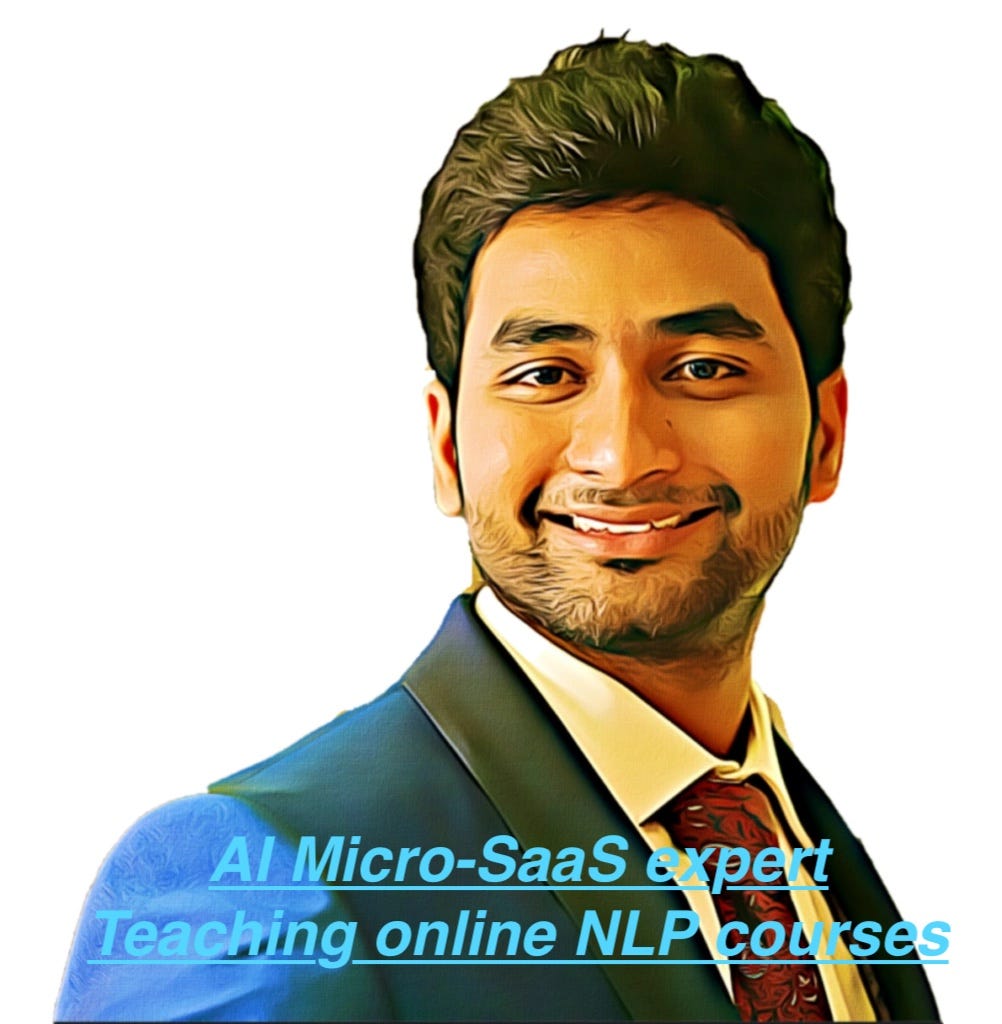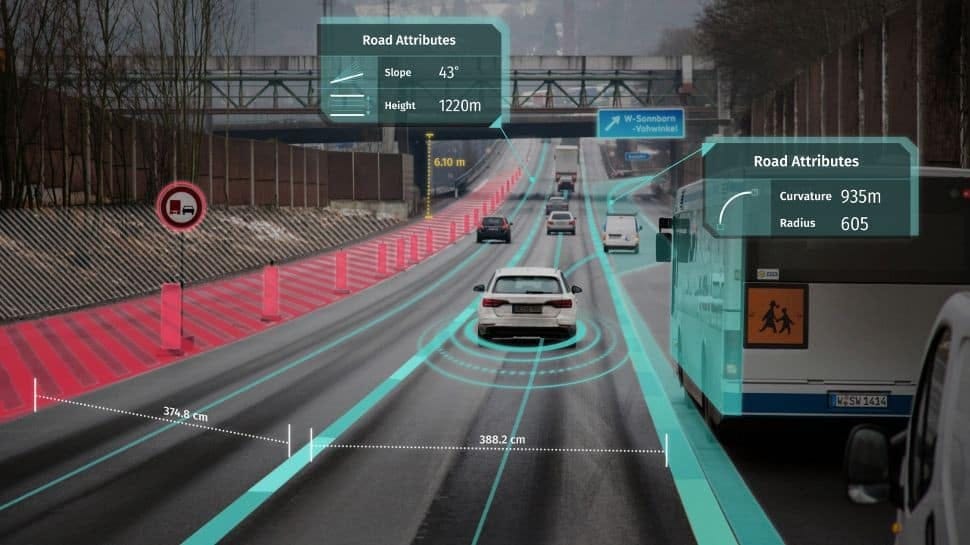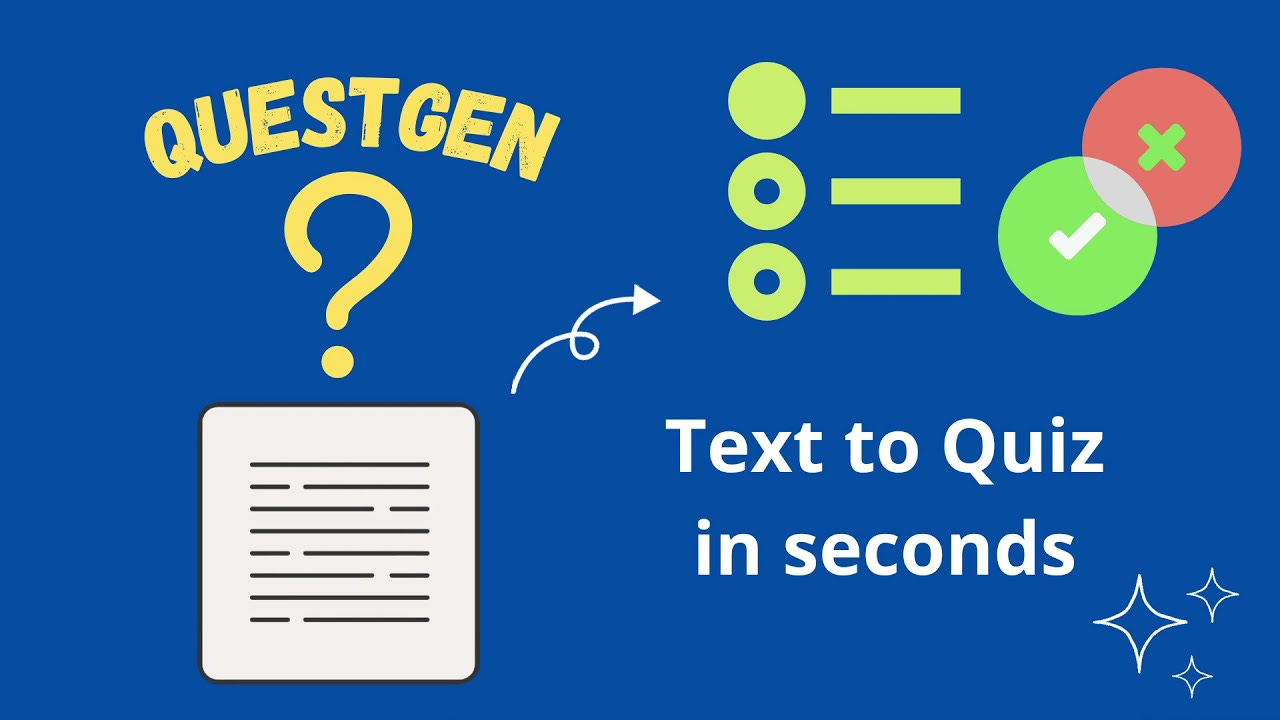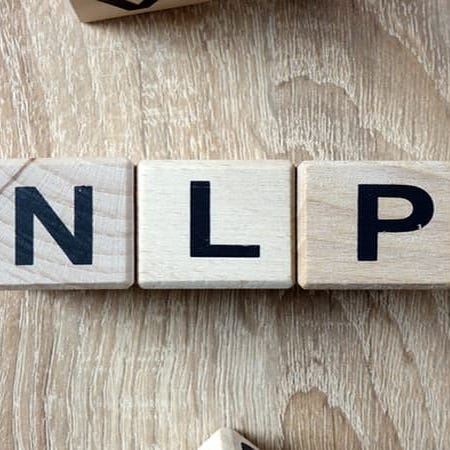Building and Monetizing AI Micro-SaaS: Interview with Ramsri Golla
Picking the brain of Ramsri Golla on his journey towards revenue making AI micro-SaaS apps and educational courses.
In today’s post, we have Ramsri Golla. He will tell us about his journey from working in Silicon Valley, teaching himself AI in his free time, to moving back to India where he built multiple profitable AI Micro-SaaS companies, making multiple thousands in revenues by making NLP courses, and freelancing on the side.
Let’s dive into it!
Hal:
Tell me more about yourself.
Ramsri:
I am currently based out of Hyderabad, India. I got my Master's in US Arizona State University in 2013 and then worked in the Valley for about six years before moving back in 2018 to India. My background is in signal processing and electrical engineering. When deep learning took off in 2013, I started learning about it through online courses and became very comfortable with it by 2018.
I had several good ideas in computer vision, so I thought let me move back to India and try to execute them. I took a blended approach between freelancing and entrepreneurship. In parallel to doing freelancing, I released:
Udemy courses that made a total of $6,700 in revenue so far.
NLP Micro-SaaS companies for SMBs (small and medium sized businesses) that currently stand at $500 and $100 MRR and are profitable.
Hal:
A lot of people ask how to get started in deep learning. What did you do become an expert and whether you would change anything along the path?
Ramsri:
Honestly, I wouldn’t change anything along my path. Once you start getting deeper into the cutting-edge developments, you start realizing that machine learning in the industry lags behind cutting-edge research by several years. This means that you can succeed in applying ML without knowing cutting-edge stuff.
When I started learning about deep learning, I picked up several Udacity courses about computer vision for self-driving cars which was a pretty hot topic at that time (and still is). Beyond that, I started learning full-stack development and took a lot of courses on building web apps.
Hal:
You took a blended approach toward building AI micro-SaaS. What was the first software that you built?
Ramsri:
I built a web version of text-to-image (DALLE-like) software. I quickly realized that it will be very hard to build a company around it by myself: I would need to find a product-market fit as well as resolve several research challenges myself. I realized I needed to follow two steps to succeed: find opportunities in some industries and execute on the ones that didn’t need many resources.
Hal:
When did you feel comfortable pursuing building and selling SaaS full time? And why specifically did you pick SaaS in AI and NLP?
Ramsri:
After working full-time at a tech company for multiple years, I thought why not take luxury for one or two years and explore other opportunities. I moved back to India where the cost of living is much lower to try exactly to do that.
Why AI and NLP SaaS specifically? I wasn’t only motivated by money, I wanted to build software that felt like magic. AI gave me that magical feeling.
Hal:
What is it like to build, test, and sell these magical apps? What’s the typical process that you follow?
Ramsri:
I always stay on top of AI developments. I catch up on state-of-the-art by following experts on LinkedIn and Twitter.
As for the building SaaS, I use a bunch of apps and websites daily. Occasionally, I ask myself whether there is a certain component that would be better off using AI magic. For example, for the online courses, there are multiple large companies that offer quiz-making services for these courses. I thought why can’t I build a service that automates this process using the latest advances in language technology.
For the second SaaS that I built, I took a different route. I have a friend who is a product manager that makes a lot of viral content, including memes. I pitched him the idea of an AI-based meme-making app. We brainstormed more around the concept, threw a bunch of ideas into the trash, but eventually narrowed down the scope, and made this software.
Hal:
You alluded that having a product-market fit is as important as having a great execution. What is your experience showing AI-based applications to non-tech people? What are the typical things that they are looking for when you show them AI-powered applications?
Ramsri:
One general pattern that you find is that non-technical people don’t care whether your application uses a state-of-the-art model. As long as your application is providing value for them they would be generally happy with whatever technical choices that you made.
Hal:
These are all great tips for people who are further off in their careers and know a thing or two about AI and building SaaS. But what would you suggest to people who are just getting started and would like to work in language technology for a living?
Ramsri:
For undergraduates, I would pick one domain that has hyper-growth potential and develop expertise for this. I found that in order to command the respect you need to have a level of depth in your sub-field. As an example of a subfield, it could be no-code website development or prompt-based engineering.
For people with a non-technical background, my advice is to use no-code tools to have a quick proof of concept to attract further capital.
For people with a technical background, I would recommend two things.
Take an SEO course and understand what SEO is. Knowing the basics of it would take you a long way.
Partner with someone with a complementary skillset. Use your complementary skills to build and sell software.
Hal:
Final question: What is the thing that you believe in that many others disagree with.
Ramsri:
In order to say those things, I need to have leverage. No one cares about your opinion if you don’t have the right leverage. The currency of the world is money and power. You have the commendable position to accumulate that. I have a book written with all these thoughts but it will be worth publishing once I have that leverage.
Hal:
Sounds interesting. Well, we would have to come back to this question once you accumulate this leverage and are ready to share your thoughts.
Voila! Hope you enjoyed this interview!
I would really appreciate it if you could recommend this substack to your friends who are interested in this topic!







